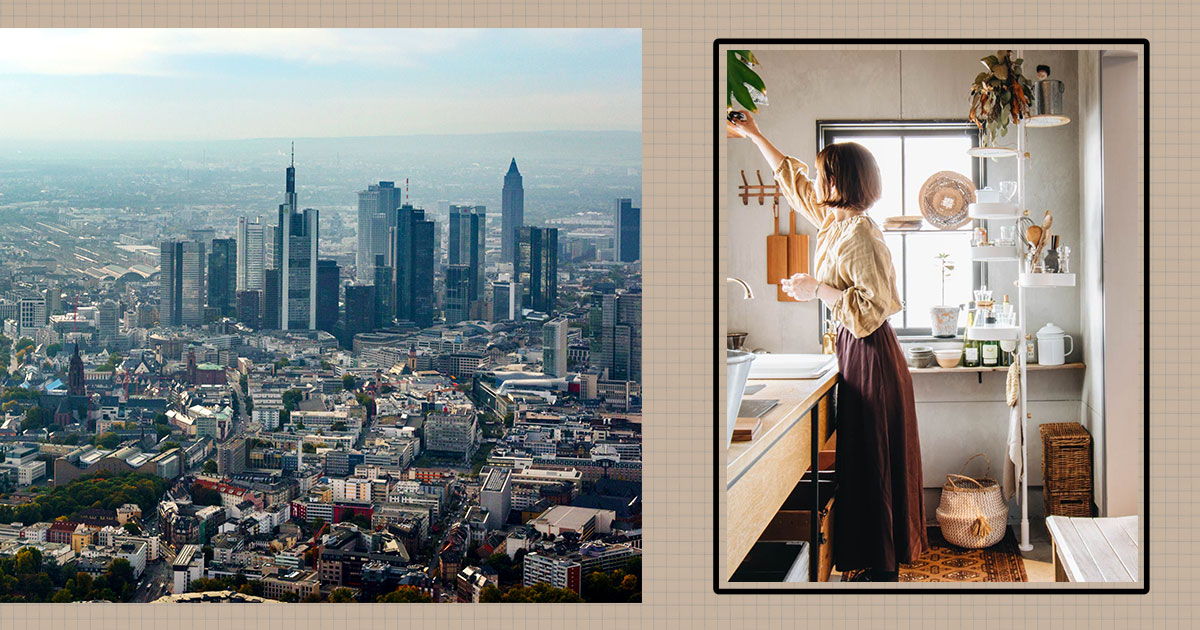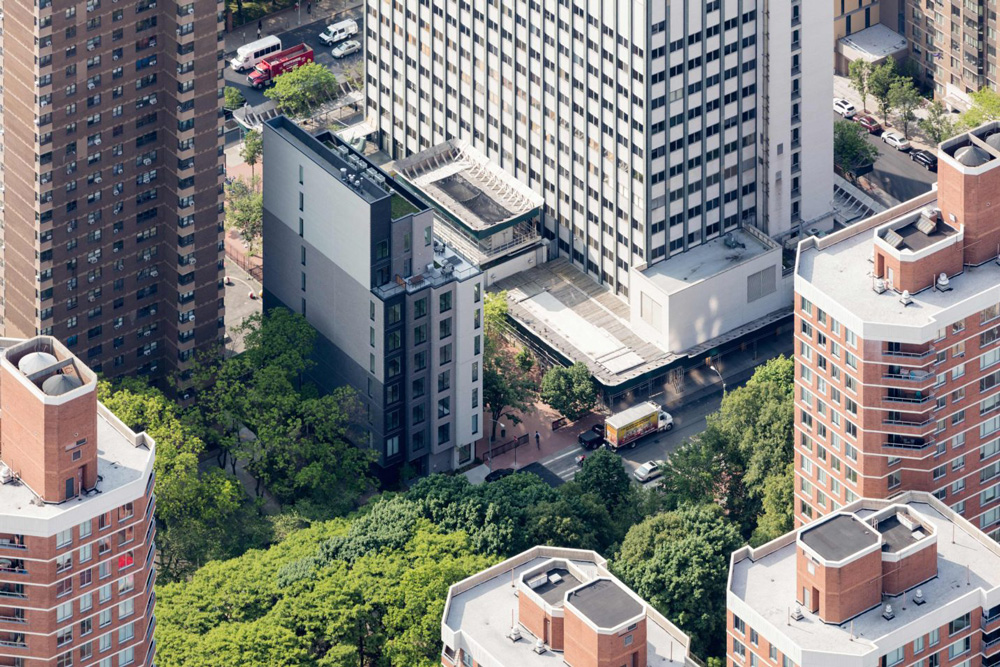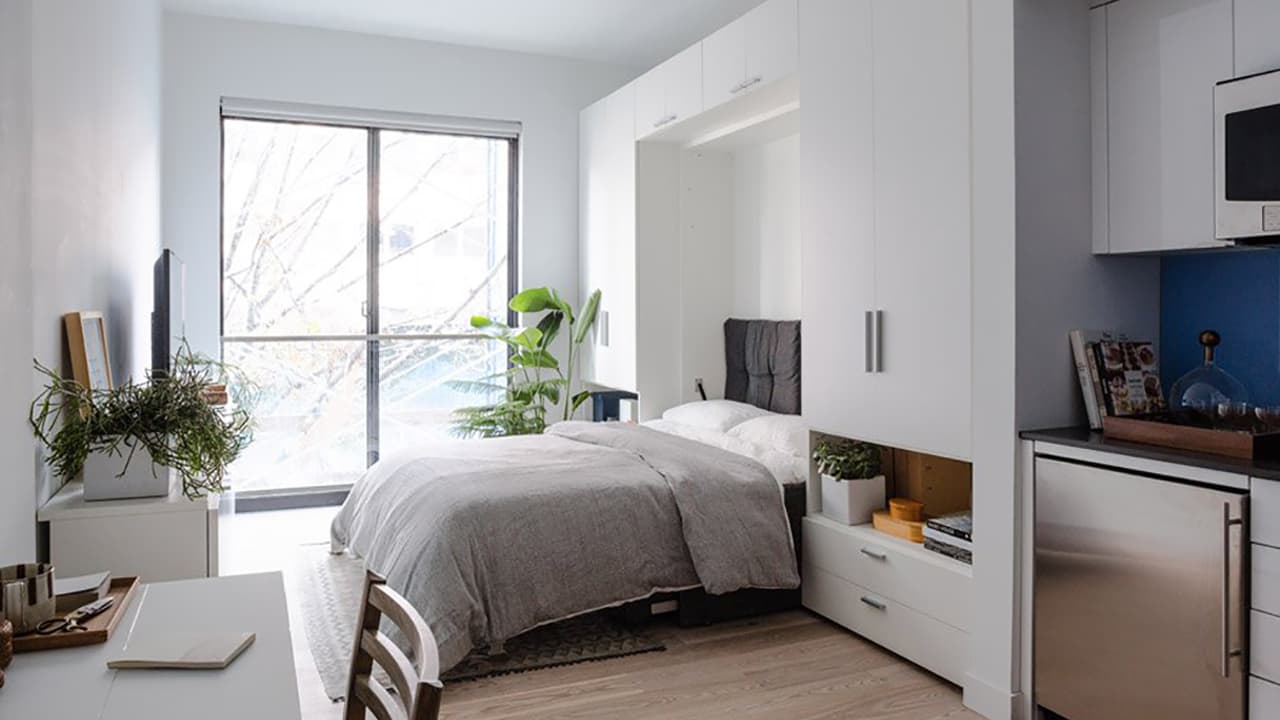
Sustainable Solutions: How Adaptive Reuse is Shaping the Future of Urban Micro-Living
The rapid urbanization witnessed across various regions has highlighted the increasing need for affordable housing solutions, particularly in burgeoning metropolitan areas. Amidst this demand, adaptive reuse of existing structures like warehouses is becoming a cornerstone of urban development strategies. This innovative approach not only addresses spatial constraints but also champions sustainable living by minimizing new construction and preserving historical architecture.
Historically, urban densities have been managed through expansive planning and construction. However, with the transformation of old buildings into vibrant micro-living spaces, cities can now offer innovative housing solutions that cater to a variety of demographics. These adaptations preserve the cultural and architectural fabric of urban areas, providing unique living experiences that blend history with modern convenience.

The Rise of Micro-Apartments
Micro-apartments are emerging as a significant trend in global housing markets, particularly in high-density cities like London, New York, and Tokyo. These compact living solutions, ranging from 200 to 400 square feet, are designed to optimize space while reducing costs, making them an attractive option for students, young professionals, and city dwellers prioritizing location over space.
One prime example is New York's Carmel Place, featuring efficiently designed units complemented by shared amenities like lounges and fitness centers, fostering a sense of community among residents. This approach echoes globally, as similar housing solutions are tested in cities across Europe and Asia.

While small in size, these apartments are not deficient in design. Architectural innovations ensure that these spaces remain functional and aesthetically pleasing, with high ceilings and smart furniture layouts that make the most of limited square footage.
Adaptive Reuse: Breathing New Life into Old Structures
The concept of adaptive reuse involves repurposing old or underutilized buildings for new residential uses, a sustainable alternative to new constructions. This approach not only reduces environmental impact but also rejuvenates neighborhood spaces by turning warehouses and factories into modern residential complexes.
Architects and developers across continents are embracing this trend. In Shanghai, a former paint factory is being converted into a residential 'Mini-Living' project, integrating shared amenities to enhance urban lifestyles. The initiative exemplifies how adaptive reuse supports sustainable urban growth while retaining cultural elements of city life.
In cities like London, Hong Kong, and Seoul, similar conversions are happening, supported by local governments and private developers keen on maximizing economic efficiency while offering unique living experiences.

Innovative Interior Design Solutions
Micro-living environments demand creativity in interior design. Designers are incorporating multifunctional and modular furniture, transforming what might be considered constraints into opportunities for innovative design solutions. Features such as retractable beds, foldable desks, and compact storage units are increasingly common.
This trend is not restricted to residential spaces but extends to commercial highlights, fostering new business models that thrive on spatial economy and functional utility. IKEA, for example, has launched collections specifically designed to cater to micro-living needs, demonstrating the commercial viability of such innovations.
Moreover, the integration of technology with furniture solutions, such as automatic adjustments of living spaces at the touch of a button, further enhances the adaptability of micro-apartments.
The Future of Urban Micro-Living
As cities continue to grow, the trend of micro-apartments and adaptive reuse is expected to expand. The focus on sustainability, efficient use of space, and cultural preservation encourages urban planners to consider micro-living as a viable solution to housing shortages.
Architectural advancements continue to redefine possibilities, allowing residents to enjoy comfort without compromising the benefits of urban living. As cities search for more sustainable ways to accommodate increasing populations, adaptive reuse offers a path that aligns economic, environmental, and social priorities.
The transformation of derelict buildings into vibrant living spaces signifies a positive shift in how cities envision sustainable housing, emphasizing the role of innovative thinking in nurturing urban ecosystems for future generations.